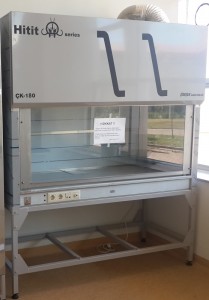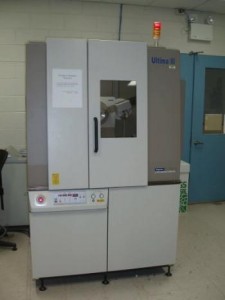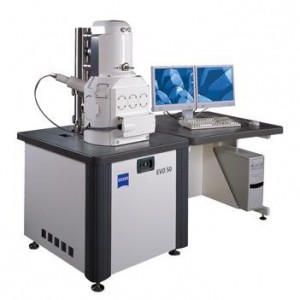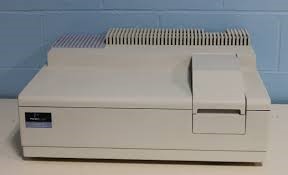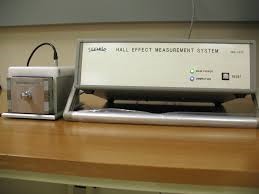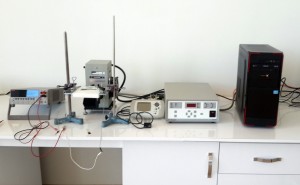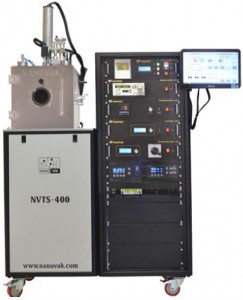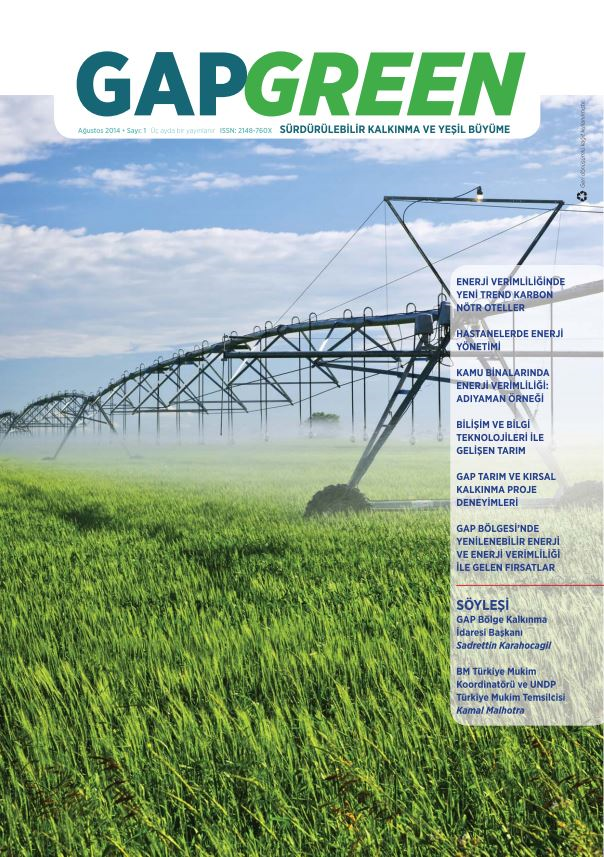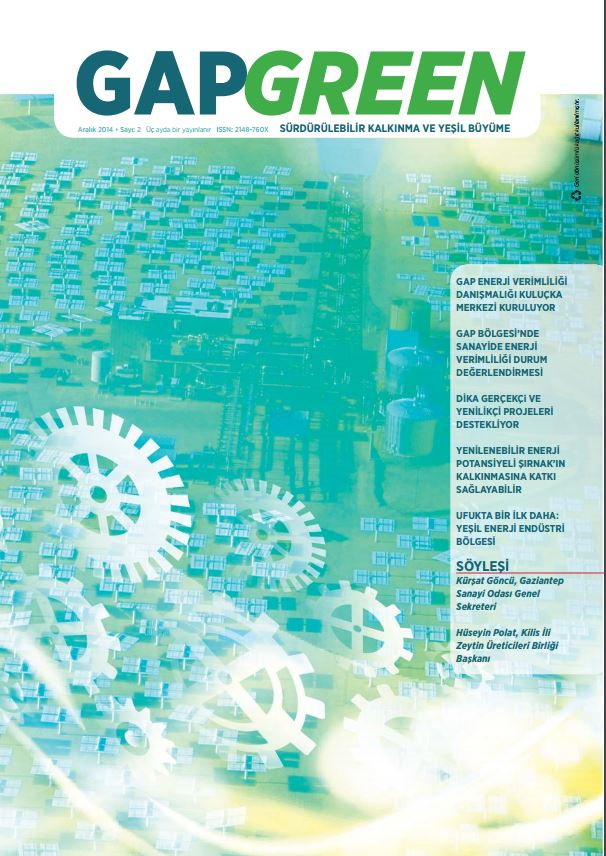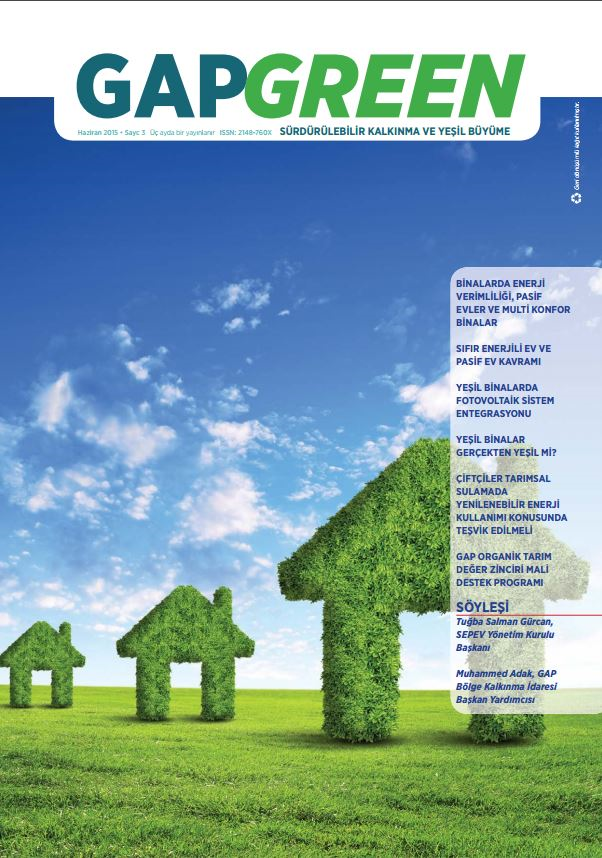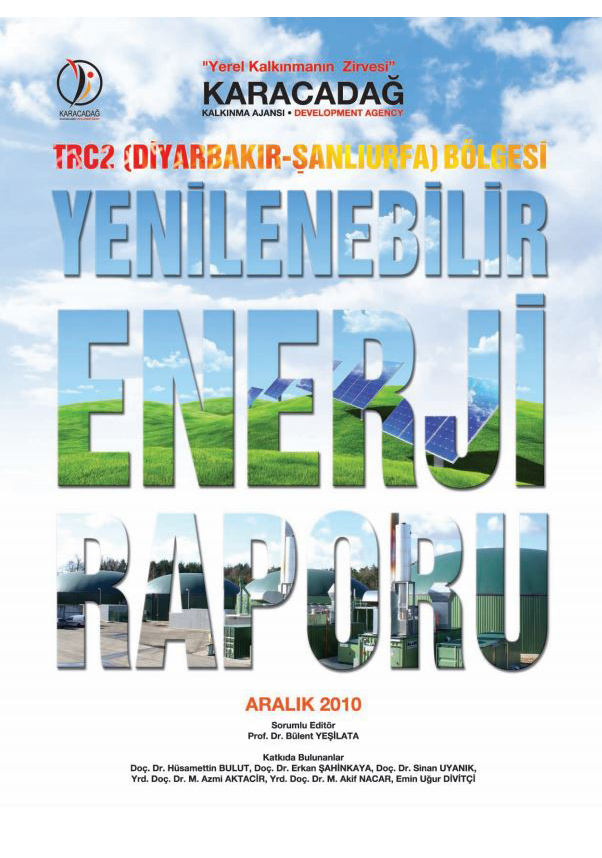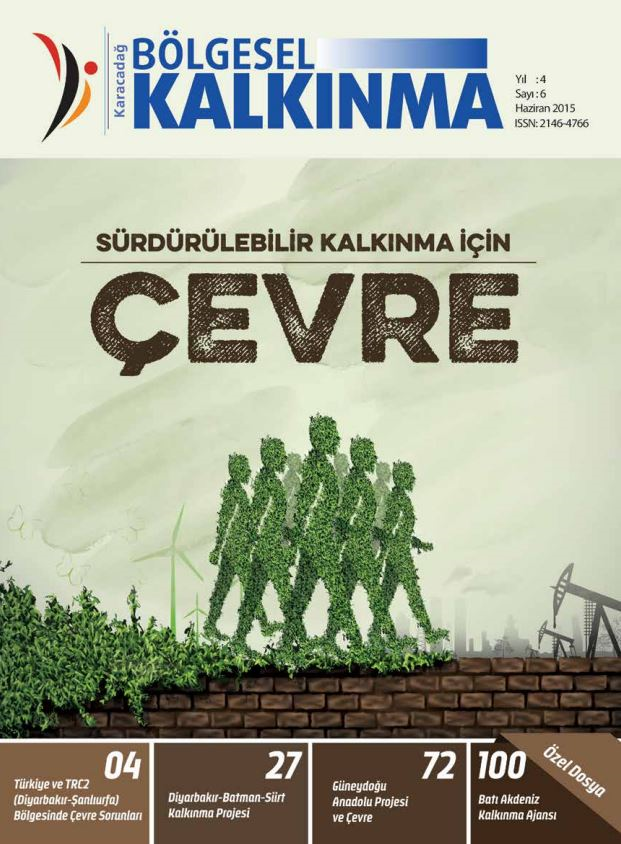Photovoltaic Cell Technologies Laboratory
09 Haziran 2023 Cuma 14:55 tarihinde yayınlandı|
The need for energy is increasing rapidly all over the world. Most of this energy is provided from existing oil resources. Gases released from petroleum products cause serious damage to the environment. Global warming and the greenhouse effect can be given as examples. On the other hand, it is estimated that serious problems will arise regarding the reserves of oil resources in the near future. Accordingly, problems will be encountered in meeting energy needs. That's why alternative energy sources are needed. Solar energy, which does not harm the environment and has an endless source, is one of the alternative clean energy sources. There are many ways to benefit from solar energy. Drying, heating and electricity generation are among these. Generating electricity from solar energy is a very interesting subject. Devices that directly convert solar energy into electrical energy without any additional processing are called photovoltaics. Photovoltaics contain more than one semiconductor material in their structure. In addition, it has front and rear contacts that serve as electrodes. They act as a device. In these devices, the incoming light is absorbed by semiconductor materials at a high rate and photon energy is converted into electrical energy. Studies on photovoltaics have accelerated since the 1950s. In the early days, it found application in satellites and the defense industry where electricity could not be carried. With the increasing need for energy, photovoltaics have become a part of our daily lives. However, its use in homes is still not widespread. The most important reason for this is the cost of solar panels. 90% of solar panels are silicon based. Production of silicon-based solar cells increases the cost due to the methods used and the indirect bandpass structure of silicon. The search for alternative materials to silicon has increased significantly, especially recently. Among these alternative materials, CuInSe2, CdTe, Cu2ZnSnS4, organic, hybrid, quantum dots and perovskite materials can be given as examples. All research is on the search for materials that have no reserve problems, do not harm the environment, are easy to produce and have high efficiency. Cu2ZnSnS4 semiconductor attracts attention among these alternative materials. The fact that its elements are environmentally friendly and abundant compared to elements such as indium has become the focus of attention of researchers. The most important goal of our research group is to research alternative materials for solar cells and introduce new methods to the literature. The production of thin films is achieved by physical and chemical methods. Both methods have their own advantages and disadvantages. Examples of physical methods are thermal evaporation and magnetron sputtering. Among chemical methods, spraying, chemical bath and sol-gel methods are the most popular. These methods are available in our laboratory.
Our first studies on thin films started in 2002 at the Physics Department of the Faculty of Arts and Sciences. In addition to semiconductor materials, master's and doctoral studies have been carried out in our laboratory on the research of materials such as magnetic, insulator, transparent conductive oxide and superconductor. A SANTEZ project for transparent conductive oxide materials was carried out by our group between 2014 and 2016, supported by the Ministry of Science, Industry and Technology and Şişe Cam A.Ş. We have a patent application regarding our SANTEZ project. We have a patent application regarding this project. In addition, individual BAP projects for thesis students are carried out in our laboratory. The results obtained are published in international journals. 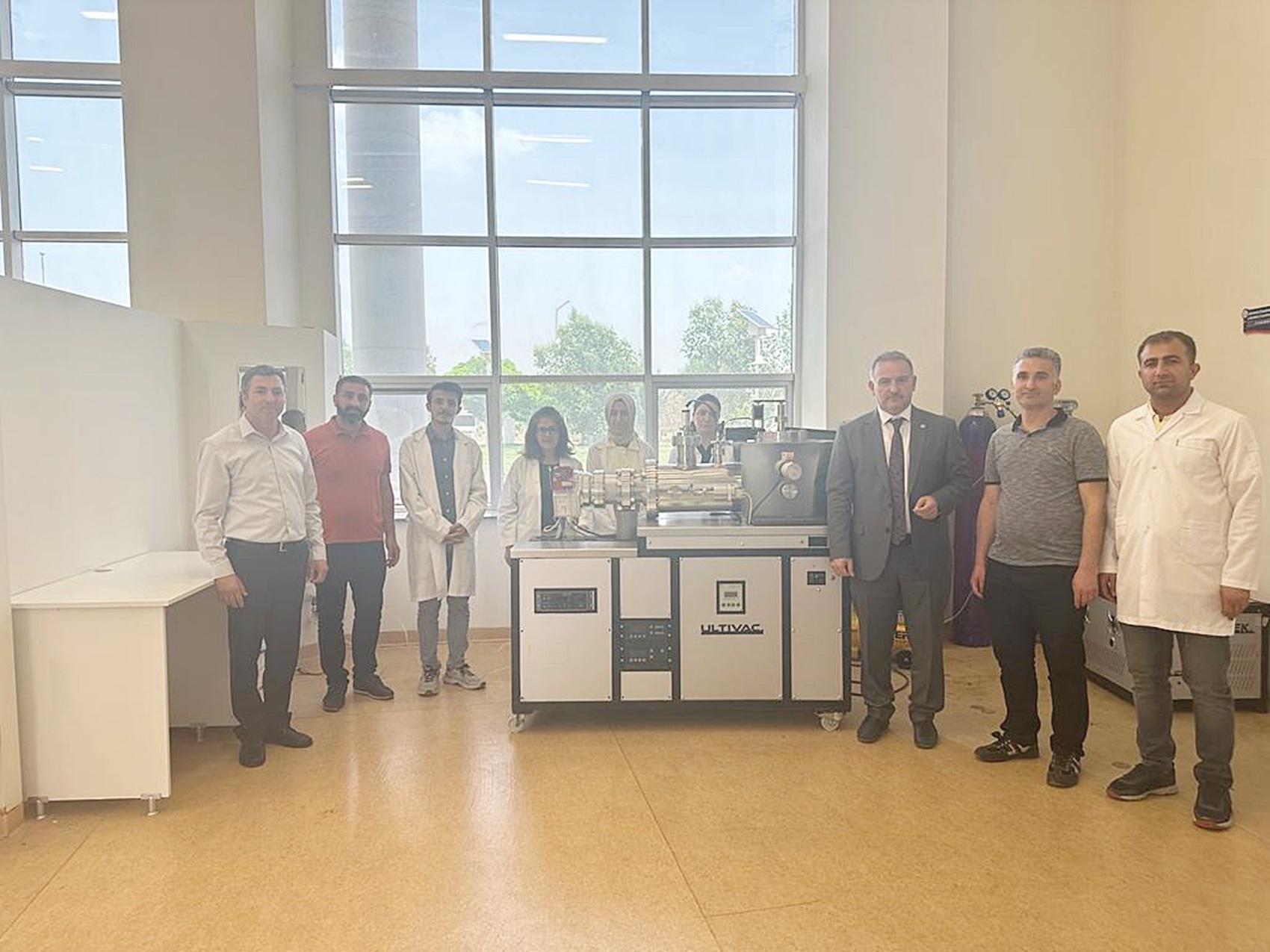 
1. Our Thin Film Production Systems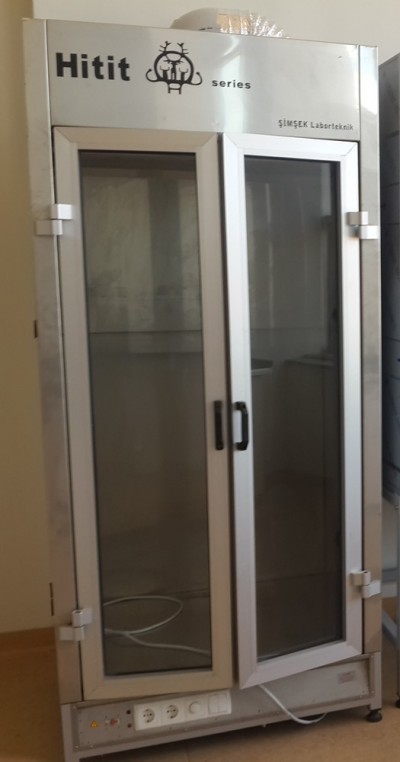  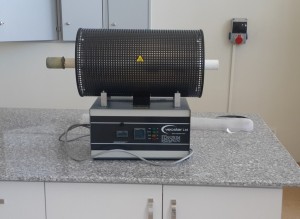 |
LABORATORY MANAGERS
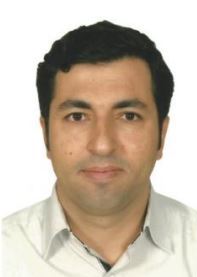 414 318 3579
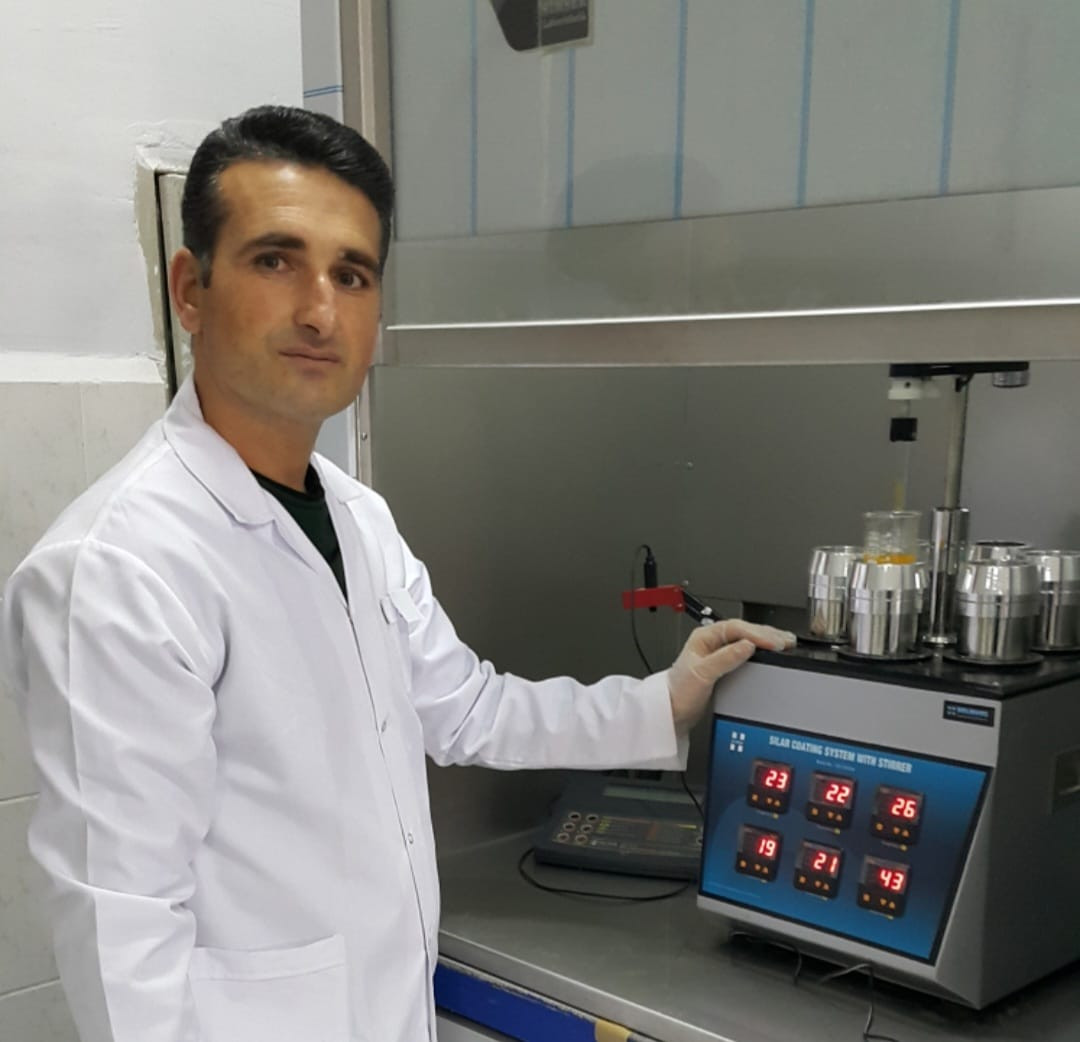 Assoc.Prof. Dr. Abdullah GÖKTAŞ agoktas[at]harran.edu.tr Assoc.Prof. Dr. Ahmet TUMBUL atumbul[at]harran.edu.tr |
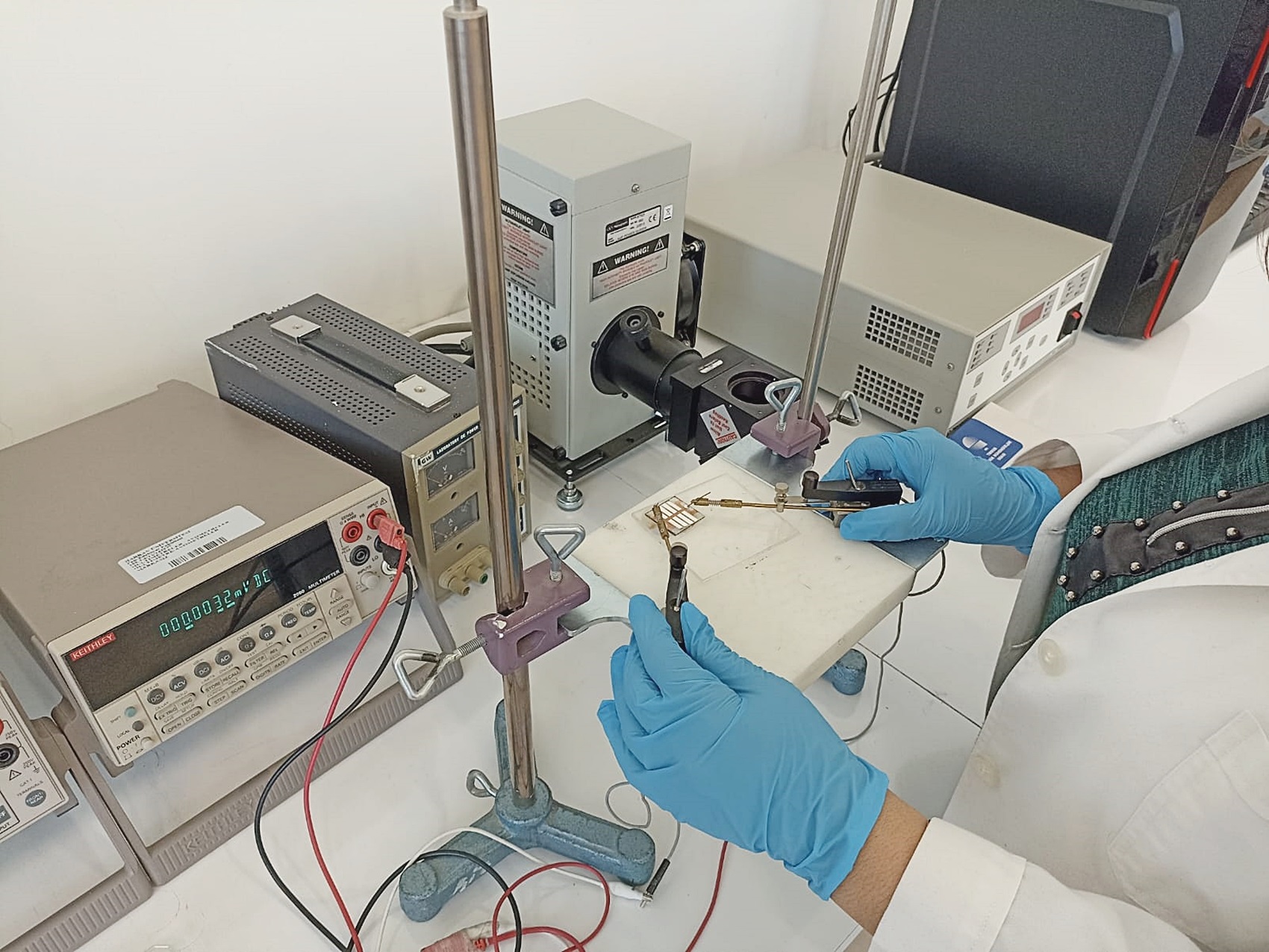
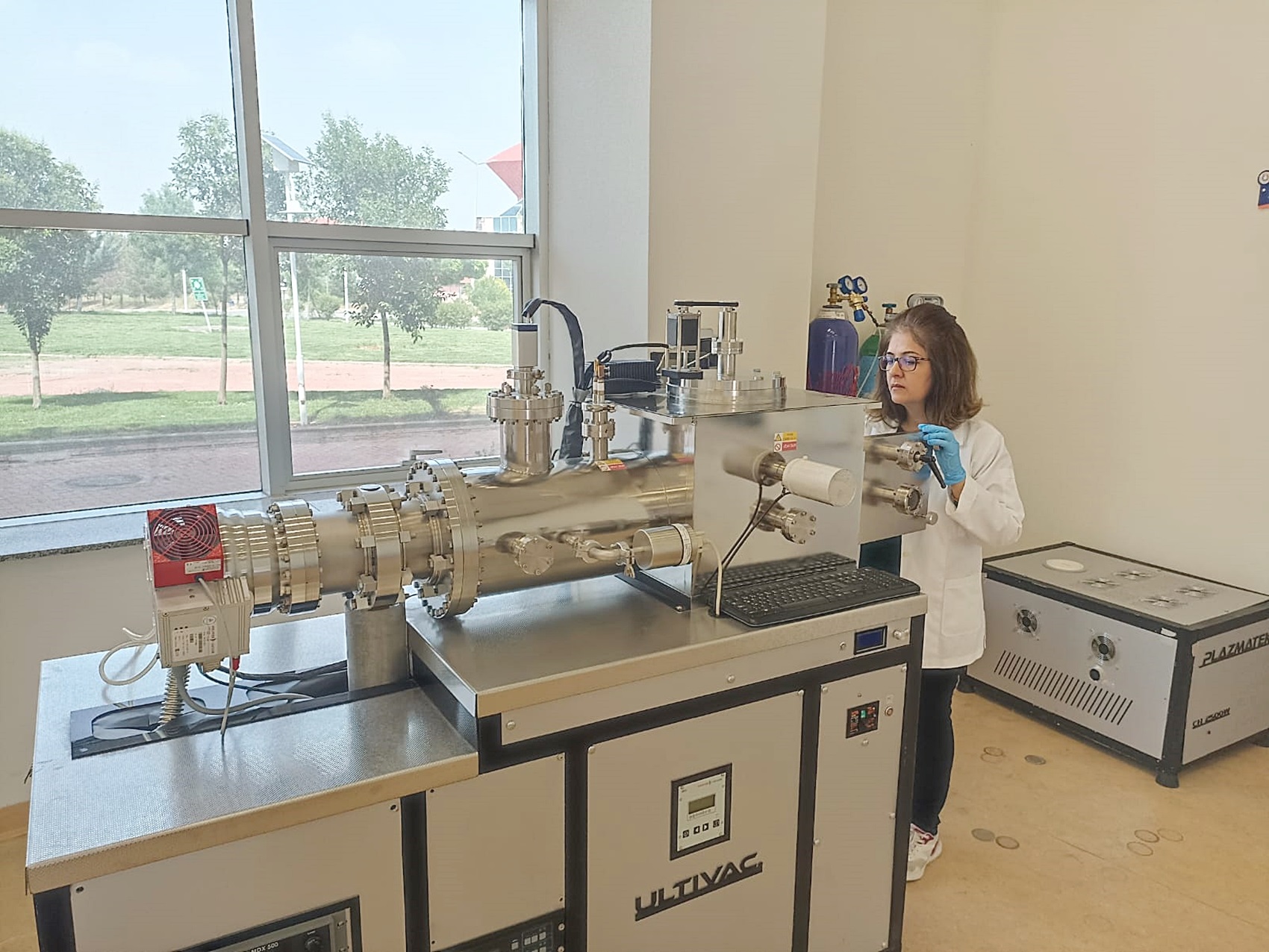 Laboratory Equipment
Laboratory Equipment
